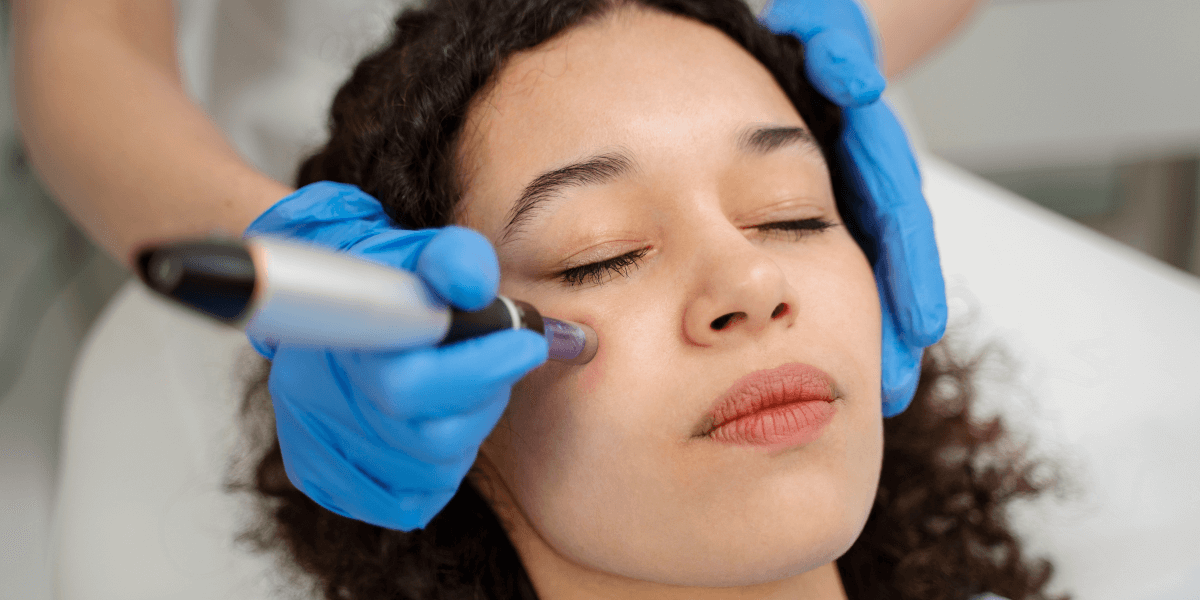Hair loss is a common problem that affects both men and women. While there are many options available for hair restoration, a hair transplant is considered the most effective and permanent solution. However, not everyone is an ideal candidate for a hair transplant, and it’s important to understand the procedure’s risks and benefits before making a decision.
In this article, I will discuss everything you need to know about hair transplant, including the ideal candidate, the best time to get the procedure, and other alternatives for hair restoration.
Introduction to Hair Transplant
Hair transplant is a surgical procedure that involves transplanting hair follicles from one part of the body, usually the back of the scalp, to the balding or thinning areas typically of the scalp. The procedure is usually performed under local anesthesia and can take several hours, depending on the number of grafts needed. There are two main techniques used in hair transplant: Follicular Unit Extraction (FUE) and Follicular Unit Transplantation (FUT).
Understanding Hair Loss and Balding
Hair loss is a natural part of the hair growth cycle, and it’s normal to lose up to 100 hairs per day. However, when hair loss becomes excessive and leads to balding, it can be a sign of an underlying condition such as hormonal imbalances, genetics, or medical treatments. Male pattern baldness, also known as androgenetic alopecia, is the most common cause of hair loss in men, while female pattern baldness affects women. Other factors such as stress, poor nutrition, and certain medications can also contribute to hair loss.
Types of Hair Transplant Procedures – FUE and FUT
FUE and FUT are the two main techniques used in hair transplants. FUE involves extracting individual hair follicles from the donor area using a small punch tool and then implanting them into the recipient area. This technique leaves minimal scarring and has a faster recovery time and overall less pain.
On the other hand, FUT involves removing a strip of scalp from the donor area and then dissecting it into individual follicular units. The units are then transplanted into the recipient area. This technique can produce more grafts at once, but it leaves a linear scar and has a longer recovery time.
Ideal Candidates for Hair Transplant
Not everyone is an ideal candidate for a hair transplant. The best candidates are those who have a stable donor area with enough hair follicles to transplant. They should also have realistic expectations and understand the risks and benefits of the procedure. A hair transplant is not recommended for those who have widespread hair loss, are actively losing hair, have medical conditions that affect hair growth, or have a history of keloid scarring.
When is the Best Time to Get a Hair Transplant?
The best time to get a hair transplant is when the hair loss has stabilized. This means that the hair loss has stopped, and there is no further progression. A hair transplant is not recommended for those who are still experiencing active hair loss as the transplanted hair may also fall out. It’s important to consult with a hair transplant surgeon to determine the best time for the procedure.
Other Options for Hair Restoration
A hair transplant is not the only option for hair restoration. Other alternatives include hairpieces or wigs, hair fibers or sprays, and scalp micro pigmentation. These options are non-surgical and can be less expensive than a hair transplant. However, they are not permanent solutions, and the results may not be as natural-looking as a hair transplant.
Understanding Hair Growth
Hair growth is a complex process that involves three stages: anagen, catagen, and telogen. Anagen is the active growth phase, and it can last up to seven years. Catagen is the transition phase, and it lasts for about two weeks. Telogen is the resting phase, and it lasts for about three months. During this phase, the hair follicle sheds the hair shaft and prepares for a new growth cycle. Understanding the hair growth cycle is important in determining the success of a hair transplant.
Risks and Complications of Hair Transplant
Like any surgical procedure, a hair transplant has risks and complications. These include bleeding, infection, scarring, shock alopecia, and poor growth of transplanted hair. It’s essential to choose a qualified and experienced hair transplant surgeon to minimize the risks and ensure the best results.
Choosing the Right Hair Transplant Surgeon
Choosing the right hair transplant surgeon is crucial to achieving the best results. The surgeon should have extensive experience in hair restoration. They should also have a good reputation and be able to provide before-and-after photos of their previous patients. It’s important to ask questions during the consultation and ensure that you feel comfortable with the surgeon and their staff.
Cost of Hair Transplant
The cost of a hair transplant varies depending on the extent of hair loss, the number of grafts needed, and the location of the clinic. On average, the cost can range from $4,000 to $15,000. Cost should never be the main factor when deciding where to perform the procedure.
Aftercare and Recovery
After the procedure, it’s important to follow the surgeon’s instructions for aftercare and recovery. This includes avoiding strenuous activities, washing the scalp gently, and taking prescribed medications. It’s also important to avoid smoking and alcohol as they can affect the healing process. The transplanted hair may fall out after a few weeks, but it will regrow within a few months.
Common Myths and Misconceptions about Hair Transplant
There are many myths and misconceptions about hair transplants, including that it’s painful, unnatural-looking, and only for men. However, these are not true. A hair transplant is usually performed under local anesthesia and with a combination of medications to calm you and take the edge off the pain. The results can be natural-looking if done by a qualified surgeon. A hair transplant is also a viable option for women who experience hair loss.
Conclusion
A hair transplant is a safe and effective solution for hair loss and balding. However, it’s important to understand the procedure’s risks and benefits and choose the right surgeon to ensure the best results. The ideal candidate for a hair transplant is someone who has a stable donor area with enough hair follicles and a realistic expectation of the procedure. The best time to get a hair transplant is when the hair loss has stabilized.
Other alternatives for hair restoration include hairpieces or wigs, hair fibers or sprays, and scalp micro-pigmentation. Regardless of the option, it’s important to seek professional advice and choose the best solution for your hair loss.
I always offer my patients all options for hair loss including medical and less invasive options. I never pressure patients to proceed with a hair transplant as my philosophy is one of guiding the patient without selling them a procedure. I see patients in my clinic The Youth Fountain in Freehold, New Jersey.



